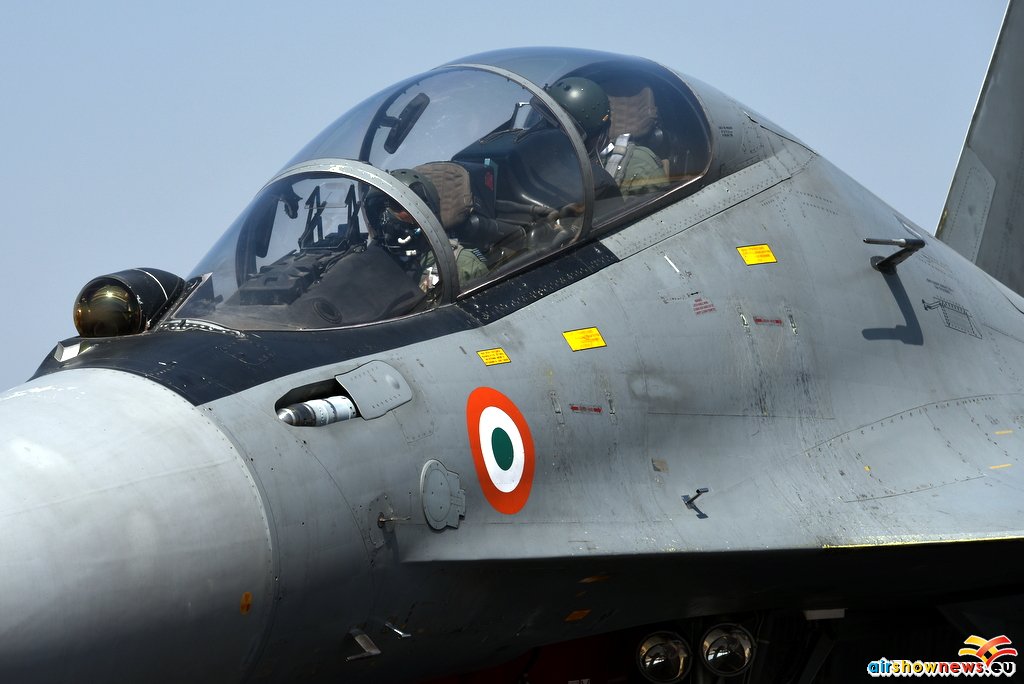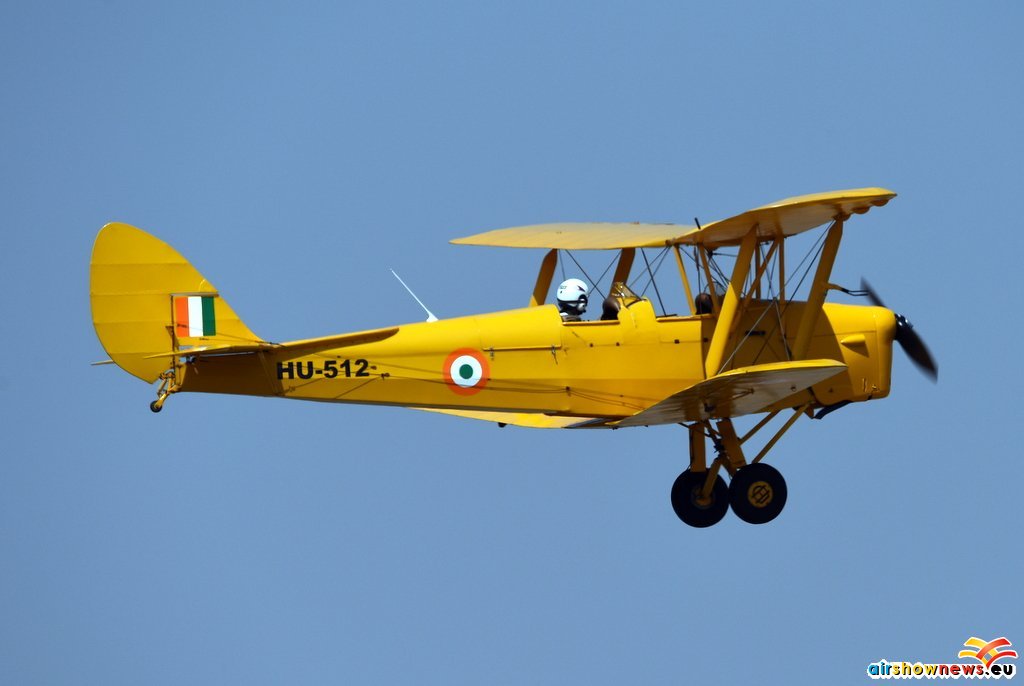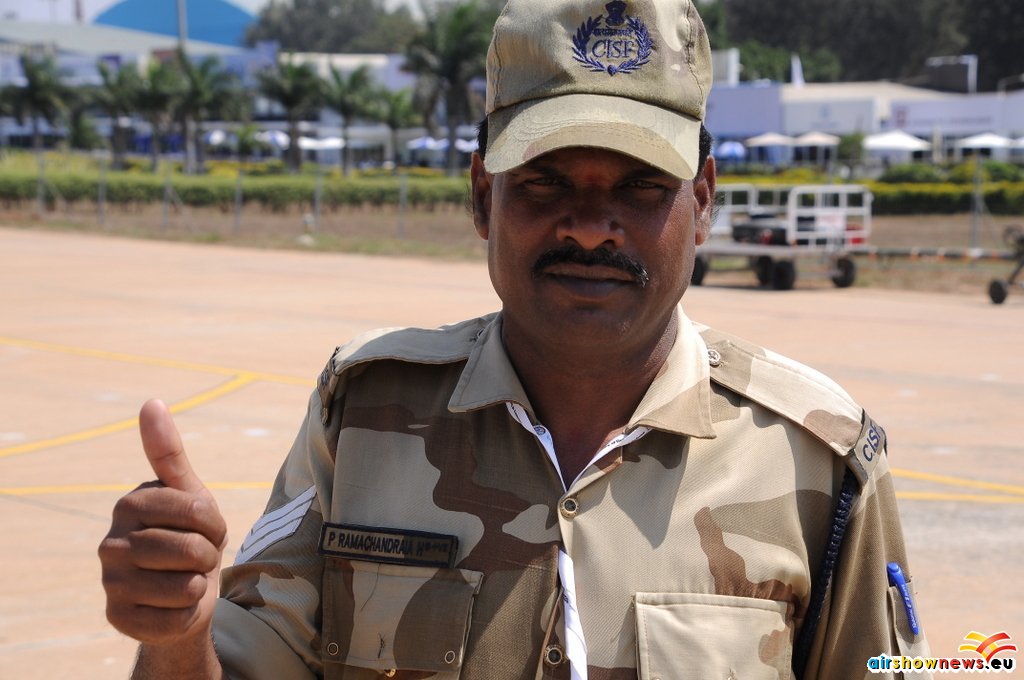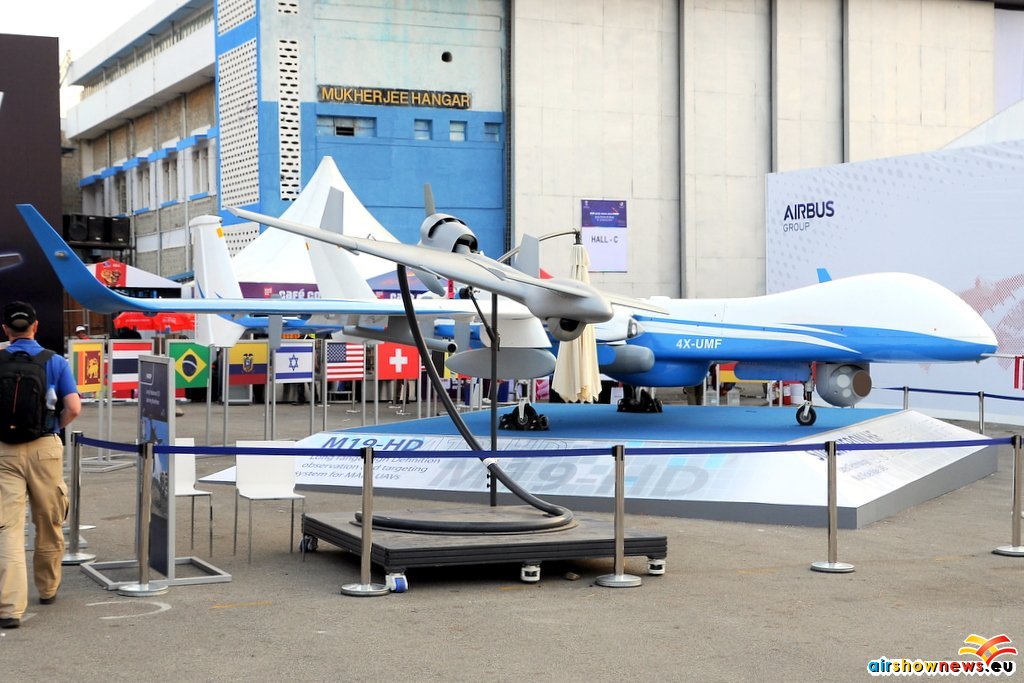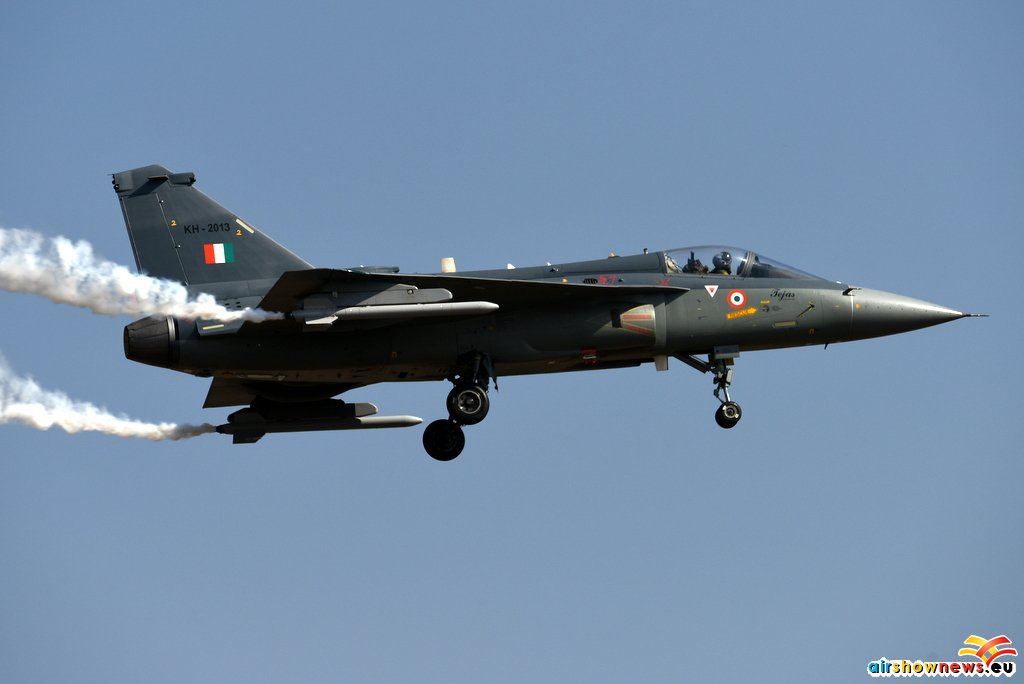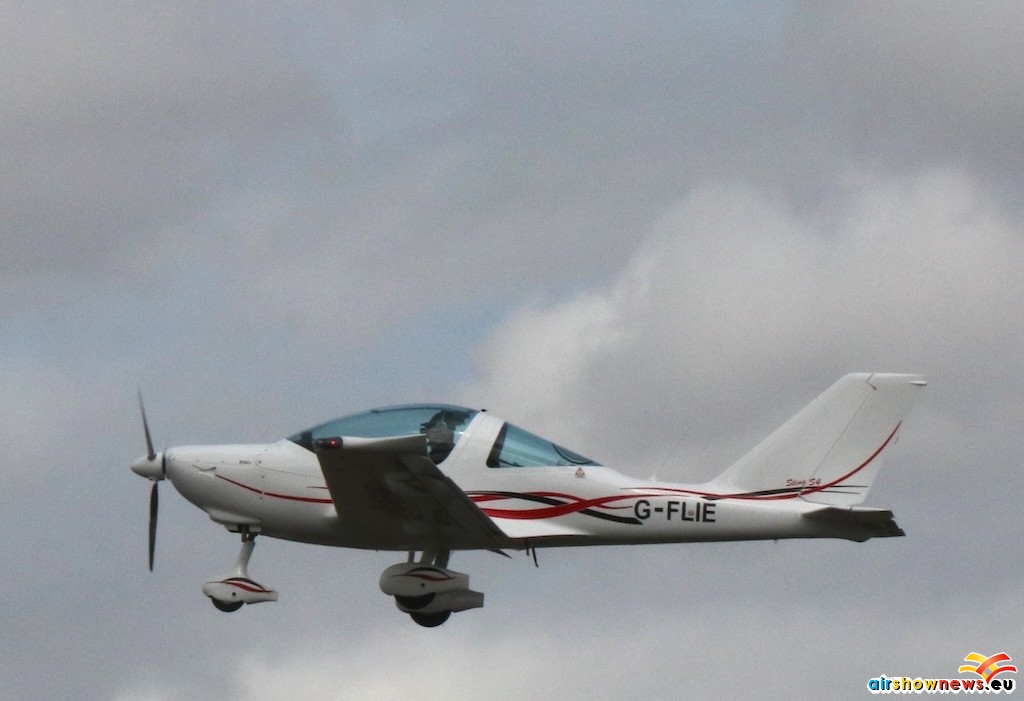Yelahanka Air Station, Bangalore, India, 18-22 February 2015;
A sitting Prime Minister visited Aero India for the first time in 2015, here Prime Minister Modi’s aircraft takes to the sky after spending several hours at the show on the opening day.
The bi-annual Aero India international show on Aerospace, Defence, Civil Aviation, Airport Infrastructure and Defence Engineering was held at its now well established venue of Yelahanka Air Station on the outskirts of Bangalore between 18-22 February 2015. This was the 10th such event and the main theme for this year was “Make in India”. Although India boasts the 3rd largest armed force in the world in terms of active troops (fourth in terms of aircraft) it still imports the majority of its military hardware unlike the other three in the list (USA, China and Russia), in fact India is the largest importer of defence equipment in the world. To address this the Government has recently made a renewed effort to simplify the processes for procurement and maintenance and also to drive forward long-standing replacement programmes that have languished in the doldrums for far too long. Against this backdrop the 2015 event promised a fresh approach under the new Prime Minister Modi who underlined the importance of the event by making a personal appearance on the opening day, something which previous PM’s had not done.
“Nearly 60 per cent of our defence equipment continues to be imported. Our private defence industry is still small and we are spending tens of billions of dollars on foreign acquisitions. There are studies that show that even a 20 to 25 per cent reduction in imports could directly create an additional 100,000 to 120,000 highly skilled jobs,” the PM said. “We should work towards increasing the domestic procurement from 40 per cent to 70 per cent in five years and that’s why defence is at the heart of our ‘Make in India’ programme.
The daily flying programme followed a similar pattern to previous years – there would be a morning and an afternoon flying display which would essentially be the same as each other although sometimes in a different sequence. Industry related displays included the Tejas, Su-30MKI, Rafale, F16, C17, Dhruv and Hindustan LCH whilst there were a fair number of ‘crowd pleaser’ displays as well from both home and abroad. Special mention should be made of the aerobatic wing walking acts from 2 teams (Breitling Wingwalkers flying atop the Boeing Stearman and the Skycats flying atop the Grumman Ag-Cat) which thrilled the Indian crowds who had never witnessed such a spectacle previously.
Tiger Moth HU512 returned to India in 2012 after a lengthy restoration in the UK. Operated by the Indian Air Force Historic Flight based at Palam (Delhi) she performed a spirited display and was a personal highlight on the day.
Even more thrilling, but for all the wrong reasons, was the Red Bull Team flying aerobatics in their Zlins on 19th February when two of the aircraft clipped each other causing significant damage to the wing of ‘XRC, fortunately the pilots were able to control the aircraft safely and no harm was done except to their egos.
The static park contained half a dozen executive aircraft underlining the importance of this growing sector in a market that has still has plenty of cash to spend for the right products (and price). Also mixed into the static park were several Indian military operational types displaying their armament with crews in attendance ready to answer questions.
Unmanned Air Vehicles are big business these days and Israeli Aircraft Industries were in evidence showing not only the IAI Super Heron HF but also the new impressive M19-HD camera system which has recently completed airborne integration testing.
The US Military was again in attendance with the USAF showing 2 F15s from Kadena, 2 F16s from Misawa, a C-17A Globemaster III from Hawaii and a KC135R also from Kadena which provided refuelling services for the fighters. The US Navy provided a Boeing P-8A Poseidon making up for the lack of an Indian Navy example at the event.
In fact there were several high profile omissions such as Casa 295 (the front runner in the Avro 748 replacement programme), Mi171A2, KA226T, Chinook and Apache all of which are competing for future contracts. The absence of F/A18E, MiG35 and Typhoon combined with the presence of three Dassault Rafales spoke volumes about the impending Medium Multi-Role Combat Aircraft (MMRCA) deal that is yet to be finalised.
The often criticised Tejas performed aerobatic manoeuvres and fast/slow flybys showing its versatility.
One may also imagine that other newsworthy recent deliveries to the Indian military; the Global Express or C17A would have a busy schedule preventing their appearance at the event.
Indian C17s are kept very busy with only short appearances at the event as they transported personnel and equipment as needed
There were operational appearances of Indian C17As however transporting personnel and equipment at the start and end of most of the days. The major item missing for many was the traditional formation flypast by the Indian Air Force at the start of the show on opening day. In previous years this has encompassed some 25-30 aircraft ranging from fighters to helicopters to transports but this year the decision to cancel it was reportedly taken the day before opening due to security concerns. That said, the event provided an opportunity to witness some 66 aircraft on public display, either flying or on static display which is in line with previous year’s numbers. The event still provides the public with the best opportunities to photograph various Indian Air Force aircraft as there are no other regular air shows in the country and for that the organisers are to be commended.
